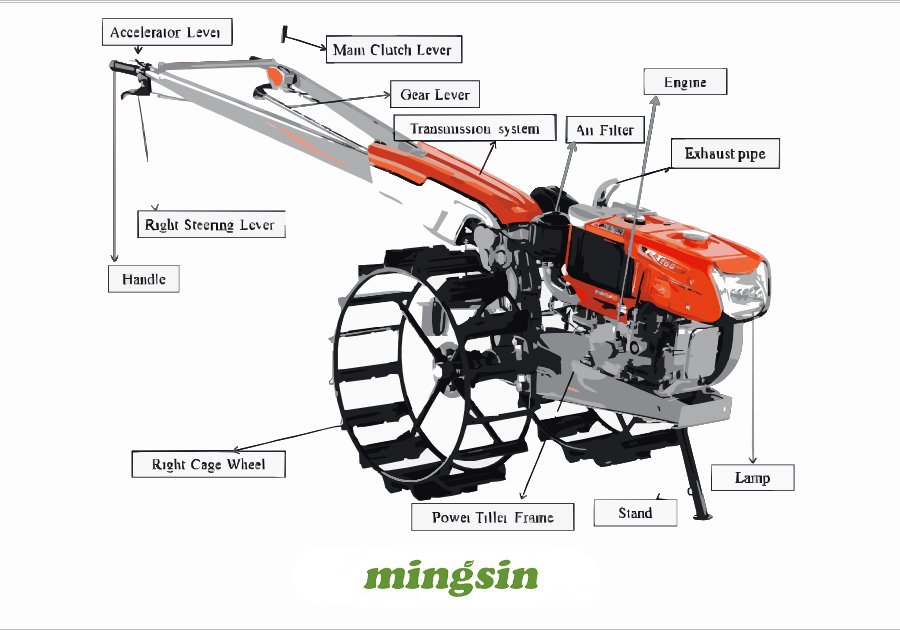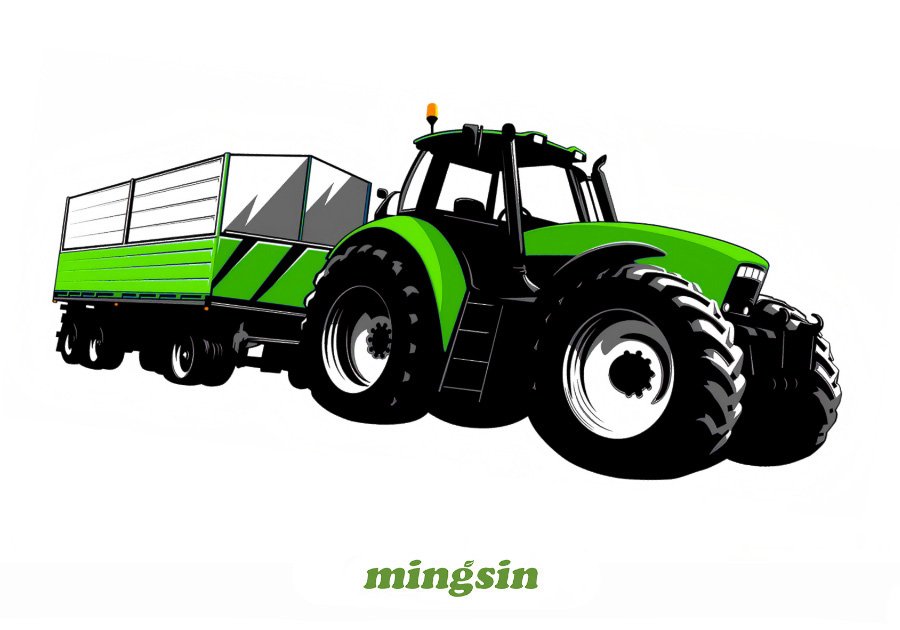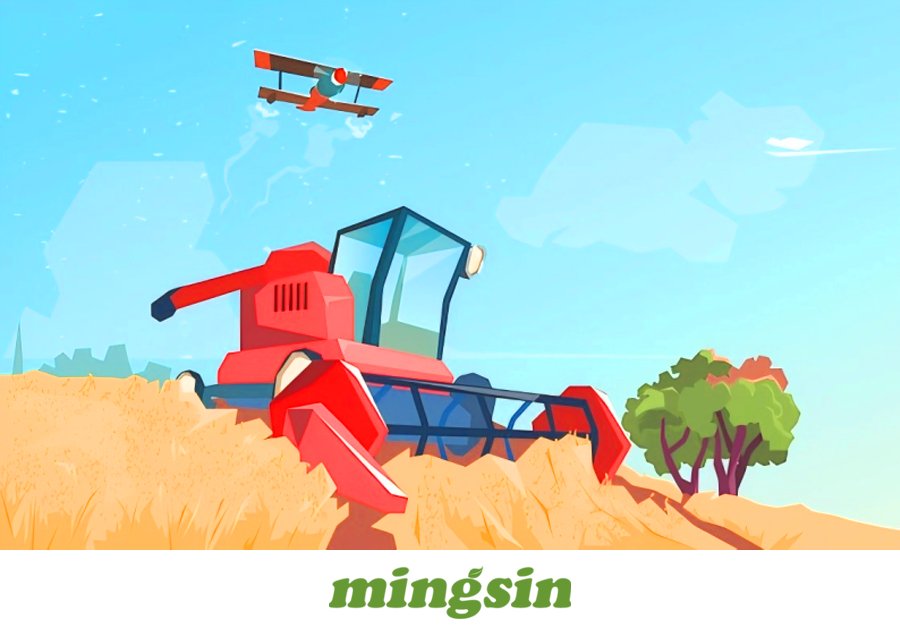
A walking tractor, also known as a two-wheel tractor, is a self-propelled, single-axle tractor that's used for a variety of agricultural and gardening tasks

While farmers in the rest of the world have seen the power available to them increase dramatically over the past decades, it has stagnated, and often declined, for most African farmers. Indeed, the numbers of tractors and draught animals on the continent have been on the decline, making hard back-breaking manual work a main feature of African agriculture.

Explore the versatility of walking tractors. Learn about their uses in agriculture, various attachments available, maintenance tips, and how they can improve efficiency on your farm. Find the right walking tractor for your needs.

Cultivators are typically classified as either self-propelled or as attachments that can be connected to either two-wheel or four-wheel tractors. For two-wheel tractors, cultivators are usually rigidly fixed and powered through couplings connected to the tractor’s transmission. In the case of four-wheel tractors, they are typically attached using a three-point hitch and driven by a power take-off. Drawbar hookups are also still commonly used around the world. Additionally, draft-animal power is still utilized in some areas, particularly in developing nations, although it is quite rare in more industrialized economies.

The tractor attachments could help us: Increased Efficiency: Attachments can perform multiple tasks, saving time and effort. Cost-Effective: Instead of buying different machines, attachments provide a versatile solution. Better Yield: Proper equipment ensures better soil management and crop production.

In the evolving landscape of agriculture, understanding the nuances of agricultural machinery and farm equipment is crucial for success. Tractors are at the heart of this machinery, serving as indispensable tools for both small-scale farmers and large crop producers.

What are the main features of the walking tractors

Agricultural trailers are special vehicles designed for use in farming and agricultural activities. Farmers utilize such trailers to move various agricultural products, including crops, livestock, equipment, and supplies.

After the wheat grain is full, the large-scale cross-regional machine harvest of wheat will start from the main production areas of the Yellow River, Huaihe River and the sea, and advance from the south to the north. Summer grain is the first season of grain harvest in the whole year. It is of great significance to ensure the supply, expectation and confidence by doing a good job in wheat harvest, strengthening the reduction of grain crop harvest, striving to capture a good harvest of summer grain, ensuring the completion of the goal of stabilizing grain production this year, and consolidating the basis of grain production throughout the year. At present, the epidemic situation is spreading in many places throughout the country. Can the summer harvest ensure that the particles are returned to the warehouse? Can the wheat harvester operate across regions smoothly? How to minimize summer harvest loss? The reporter conducted interviews on these hot topics.